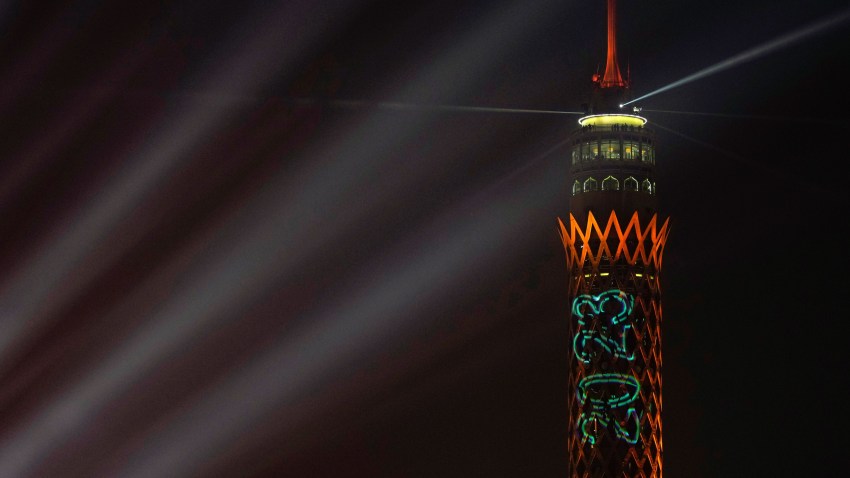The beginning of a new year always provides an opportunity to reflect on the events of the previous year. In the Middle East and North Africa, some years will always be remembered as landmark ones. The year 2003 is synonymous with the U.S.-led military invasion of Iraq that overthrew the regime of President Saddam Hussein. The Arab Spring uprisings have come to be the definitive event of 2011. And many associate 2014 with the rise of ISIS as a global terrorist force.
While 2022 doesn’t have a flagship event that resonates quite like those years, it nonetheless featured or foreshadowed a number of trends and developments that will likely have an impact in 2023 and beyond.
New and Ongoing Conflicts
Last year was one of conflicts, whether ongoing or newly launched ones. None of the conflicts in Syria, Libya or Yemen found a peaceful resolution despite United Nations-led efforts to halt the fighting. All three countries remain divided along factional lines. Syria’s northeast and northwest remain in the control of rival groups opposed to the regime of President Bashar Assad. The rest of the country exists in a gray area that is technically held by Assad’s regime, but with many regions under the de facto control of a constellation of armed groups from Syria, but also Russia and Iran. In Libya, two rival governments in the country’s west and east still claim to be the legitimate national government. Yemen’s southern separatists continue to oppose the national government, which is also fighting the Iran-backed Houthis.

